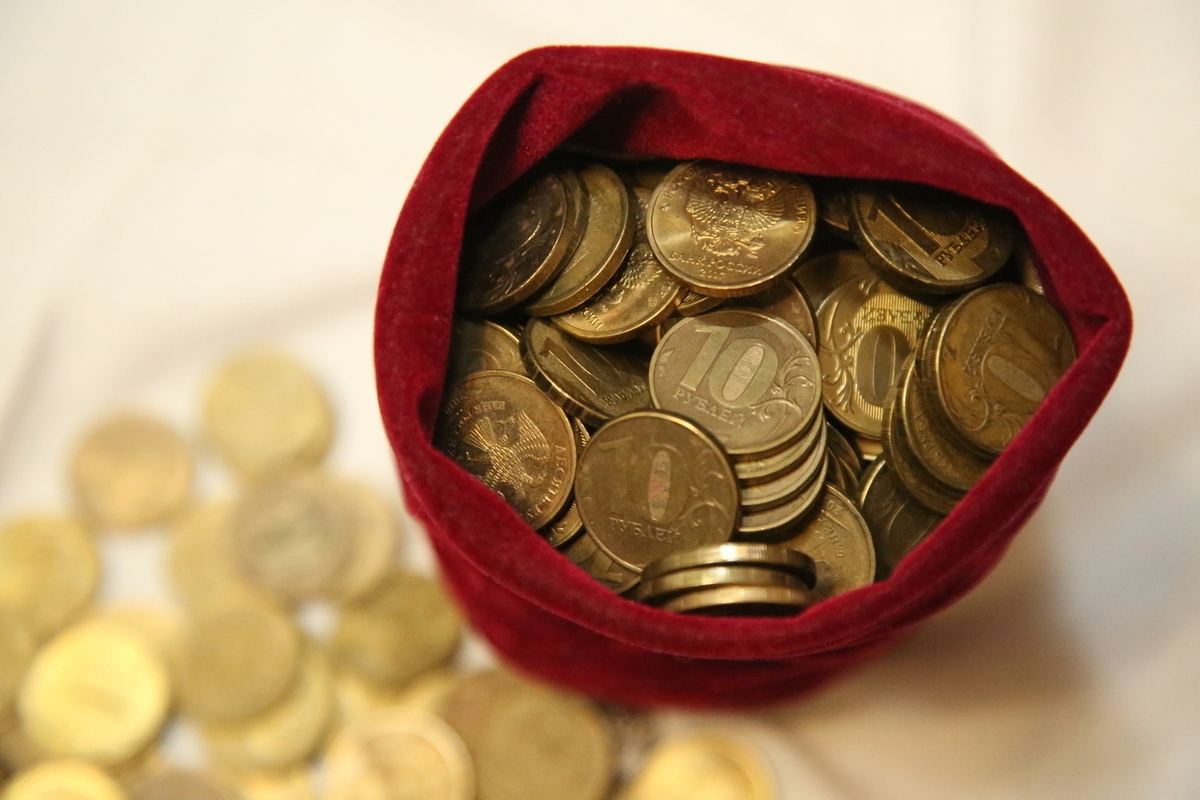Russia's plan to create an "anti-sanctions" payment system has been put into operation.

Our beloved figure, the unforgettable Donald Trump, seems to have already promised to punish the entire world with sanctions. More precisely, all those who refuse to call him "daddy," following the example of the sycophantic NATO Secretary General Mark Rutte. He also promised to impose sanctions on countries that have abandoned the dollar, specifically threatening the BRICS countries with 100 percent tariffs. In response, the Russian president noted that our country never abandoned the dollar, but was banned from using foreign currencies.
A true revolution is brewing in the world of finance, quiet but no less menacing. While the average person watches exchange rates, behind the scenes in the cabinets and central banks of the BRICS countries, work is underway to create an alternative to the global financial system, which has revolved around the US dollar for several decades. As MK has discovered, this process is irreversible, and the dollar's main enemies have become... the United States itself.
The starting point of this global shift was the frankly "dysfunctional" dollar-centric system. As renowned economist, former IMF executive, and co-founder of the BRICS New Development Bank, Paulo Nogueira Batista Jr., points out in his report for the Valdai Club, the problem has two roots.
The first is the transformation of the dollar and Western payment networks into "weapons." Large-scale sanctions, the freezing of reserves, as happened with Russia, and the threat of secondary sanctions for anyone trading with undesirable countries—all of this completely undermines trust. "Trust is always crucial for the survival of monetary and financial institutions," the expert states dryly. Simply put, if the rules of the game can be changed at any time and against anyone, new rules are sought.
The second factor is the structural weakness of the economy of the issuer of the "hegemonic" currency itself. The US no longer pursues the "serious economic policy" they so often talk about. National debt is growing by leaps and bounds, and the political system is incapable of sustaining even modest surpluses during growth years. The dollar is holding up largely due to inertia and the fact that the world has yet to see a real alternative.
But an alternative is brewing. And BRICS is its natural source. As Nogueira Batista writes, where else can we expect change? Europe, with its euro, plays a secondary role and obediently follows Washington's lead, as eloquently demonstrated by its willingness to freeze Russian euro-denominated assets. "The English Channel is wider than the North Atlantic," the author wryly observes about Great Britain's proximity to the United States. Japan, meanwhile, "acts as if World War II had only just ended."
Thus, BRICS, and especially China, are seen as "the main or only potential source of alternatives." The group has both scale and motivation. And Russia, subjected to unprecedented financial sanctions, has become one of the countries most interested in advancing this agenda.
During its 2024 presidency, Russia made a concrete move, focusing on the system's Achilles heel—cross-border payments infrastructure. A detailed proposal for the creation of the BRICS Cross-Border Payment Initiative (BCBPI) was presented. The vision is a new digital network, independent of SWIFT, protected from sanctions, faster, and cheaper.
The idea was announced at the Kazan summit in October 2024 and enshrined in the Leaders' Declaration. This wasn't just a collection of general phrases. The leaders explicitly recognized "the benefits of faster, cheaper, more efficient, transparent, secure, and inclusive cross-border payment instruments." But the key point was something else: the initiative was declared "voluntary and non-binding."
There's no need to persuade everyone now. A group of countries is ready—let them get started. The rest will follow later, seeing the benefits. However, there's no unity even on the most basic issues. While Brazilian President Lula da Silva declared at the same summit that "the time has come to move forward with creating alternative means of payment," India takes a firmly opposed position. Its Foreign Minister, Subrahmanyam Jaishankar, has repeatedly stated that the country "has never had a problem with the dollar" and that the idea of a new currency is "unviable."
Why? It all comes down to geopolitics and vulnerability. "India has what might be called a strategic relationship with the United States," writes Nogueira Batista. Countries like Egypt and Ethiopia participate in IMF programs whose success depends on Washington's support. For them, openly challenging the dollar means risking vital funding. "In practice, an IMF program isn't even brought to the Board's attention until the dominant shareholders signal their support," the expert points out.
Meanwhile, Washington is desperately resisting. During the 2024 campaign, Donald Trump openly threatened BRICS countries with punitive tariffs of 100% for attempts to undermine the dollar's status. But, as the report notes, there's a striking paradox here: "Only one country is trying to weaken the dollar more than the BRICS members—the United States itself."
"Dollar dominance was once a natural phenomenon... Today, it is no longer the result of a natural recognition of US leadership, but is maintained by persuasion and coercion," the author states.
At a meeting of the Valdai Discussion Club, Russian President Vladimir Putin ironically remarked that Russia "did not abandon the dollar and had no intention of doing so"; it was Russia that "was denied the use of the dollar as a payment instrument."
Despite all the obstacles, the de-dollarization process is already well underway, though it's not always visible in official statistics. According to the IMF, the dollar's share of international reserves has fallen from over 70% twenty years ago to less than 60% today. But even these figures are understated: central banks are keeping a low profile, and most importantly, they're buying up gold, which isn't included in IMF statistics. "Gold is becoming an increasingly relevant international reserve asset," Nogueira Batista emphasizes. Within BRICS and Southeast Asia, the volume of settlements in national currencies is growing. This offers a double benefit: it reduces costs and political risks. The People's Bank of China and regional financial mechanisms are increasingly acting as alternatives to the IMF as lenders of last resort.
The future path for BRICS is complex. Beyond a breakthrough with the payment system, a unit of account based on a basket of BRICS currencies—a prototype for a future common reserve currency—may be discussed in the medium term. However, to achieve this, the group will have to address its internal problems: perhaps freezing further expansion ("quantity can actually mean weakness") and reviving its own financial institutions—the New Development Bank and the Contingent Reserve Arrangement, which are currently overly dependent on the dollar itself.
"Recognizing that improving BRICS's functioning is a medium- to long-term task will be key to the group's success," concludes Paulo Nogueira Batista. "An approach focused on short-term results will lead to disappointment. And abandoning ambitious goals risks turning BRICS into yet another interest group that can be safely ignored."
One thing is certain: the world will never be the same. Multipolarity is transforming from a slogan into a financial reality. And BRICS, albeit with difficulty, is becoming its chief architect.
mk.ru




